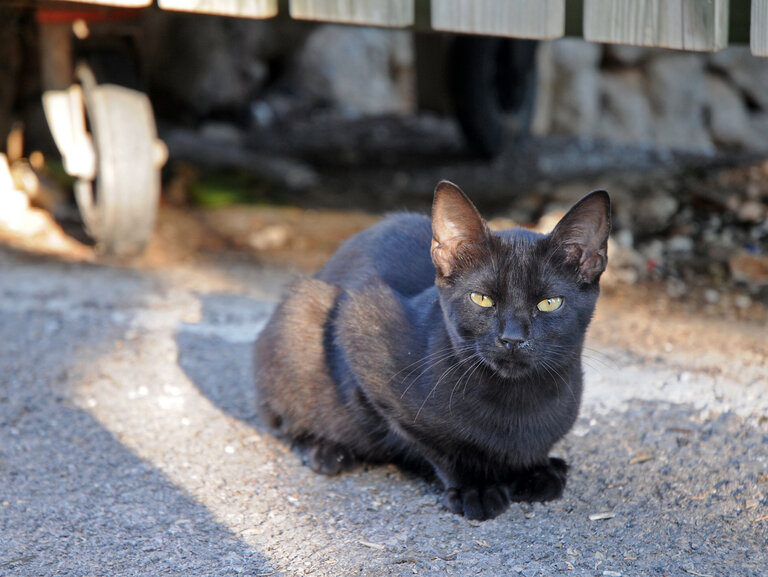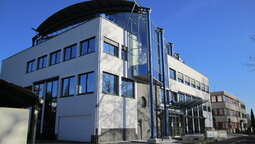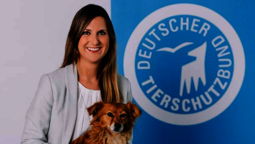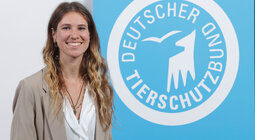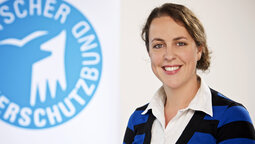The German Animal Welfare Federation has criticized the fact that a seasonal curfew for cats will once again apply in parts of the town of Walldorf from 1 April until the end of August - although the expected successes have not yet been achieved. The curfew, which was imposed two years ago by the Lower Nature Conservation Authority of the Rhine-Neckar district office to protect the crested lark, is valid until the end of August 2025. The federation says that the "disproportionate order" must be finally ended by then at the latest.
"For cats that are used to being allowed outside, the curfew leads to unreasonable restrictions and immense stress. Confinement for several months clearly causes cruel suffering and is therefore contrary to animal welfare", explains Dr. Dalia Zohni, specialist for pets at the German Animal Welfare Federation. This is also an enormous burden for the owners of the animals.
The actual impact of the Walldorf cats on the local crested lark population is more than questionable. There is no scientific basis for the decision to impose a curfew. This was pointed out in the expert opinion prepared by the German Animal Welfare Federation on behalf of the local animal welfare association in Wiesloch/Walldorf and the surrounding area together with the German Legal Society for Animal Welfare Law and its Baden-Württemberg regional federation. The ruling is based on pure conjecture. There are also alternatives, such as large-scale fencing with electric fences or cat protection fences for sensitive areas.
"The decline of the crested lark - as with many other wild bird species - is primarily due to the destruction of nature and the loss of habitats and food, including through the intensification of agriculture, increased development of fallow land, soil sealing due to road construction and insect mortality," says James Brückner, Head of the Wildlife Department at the German Animal Welfare Federation. In Walldorf in particular, breeding areas fell victim to a new development area. It is therefore important to counteract these factors in the future in order to better protect the crested lark, for example by creating new protected breeding habitats. "Sensible and serious species protection goes hand in hand with animal welfare," says Brückner.
In the view of the German Animal Welfare Federation, the curfew for cats is "disproportionate" and not compatible with either the national goal of animal welfare or the Animal Welfare Act. The latter states that an animal's ability to exercise in a manner appropriate to its species must not be restricted in such a way as to cause avoidable suffering. The alternatives to the usual outdoor access mentioned in the order, such as walking on a lead, are not a reasonable option.




